
Home About Robert CV The Good Lord Willing and the Creek Don't Rise: Pentimento Memories of Mom and Me Media Kit Novels Reviews ESL Papers (can be viewed online by clicking on titles) The Many Roads to Japan (free online version for ESL/EFL teachers and students) Contact 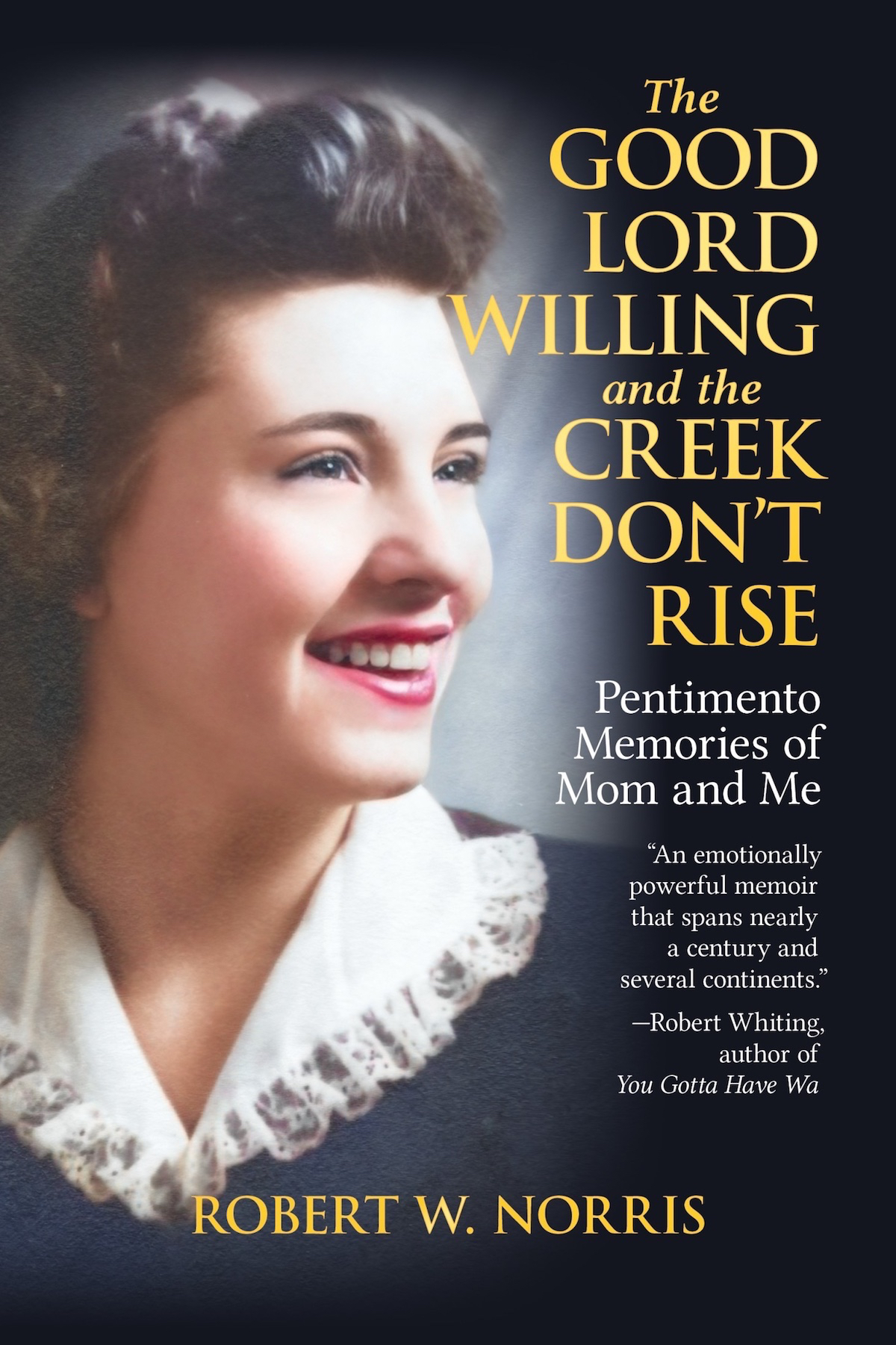 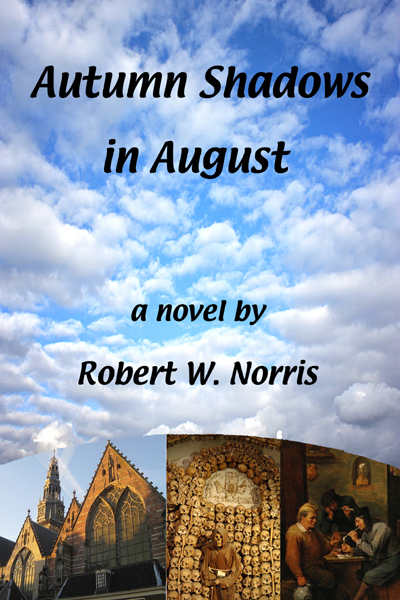 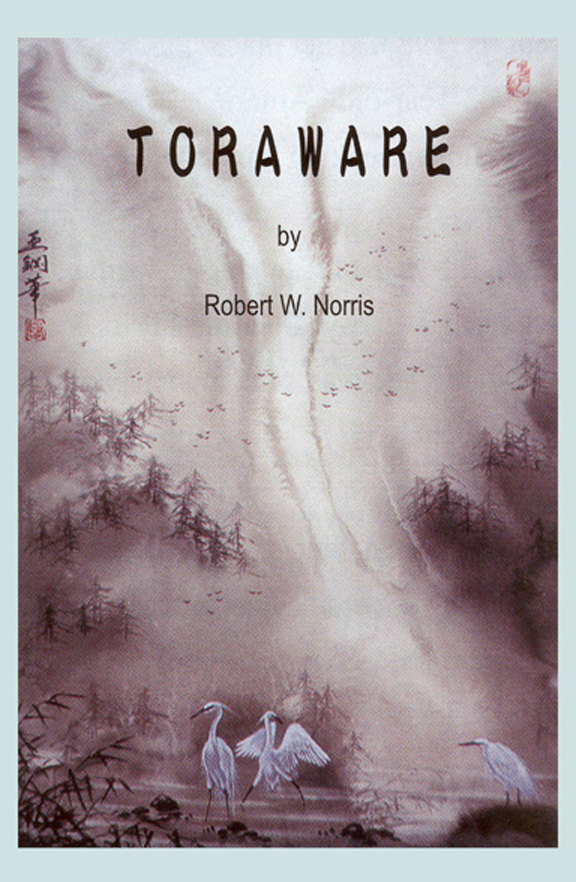 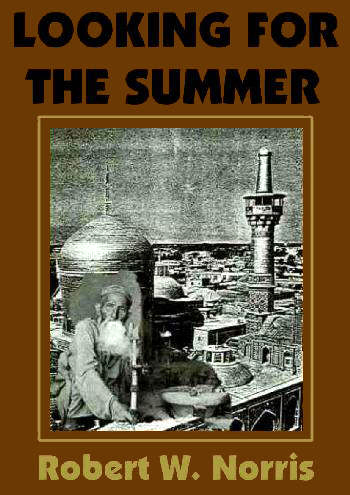 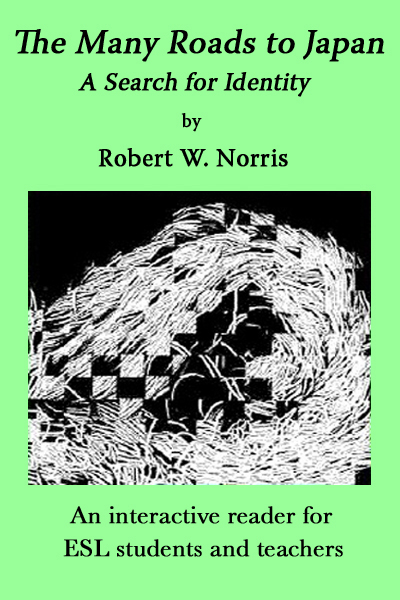 |
 THE MANY ROADS TO JAPAN THE MANY ROADS TO JAPAN
From the Introduction
Japanese people often ask foreigners why they came to Japan. It is not always an easy question to answer. There are many, often complicated, reasons that bring foreigners to Japan. The Many Roads to Japan tells the story of the adventures of one foreigner who had to follow many twists and turns in his life journey before finding his niche in Japan. College-aged students will find they have much in common with John Banks, the main character of this story. As with today's youth, who find themselves in a world that no longer offers them any guarantees and yet demands from them crucial decisions to be made at an early age, so it was with John Banks and his generation, who in their teenage years were also faced with making important decisions in a turbulent, changing world. The decisions made between the ages of 18 and 22 can have a strong effect on the rest of one's life and even catapult one in unimagined directions, both emotional and physical. The key event in John's life was his decision to refuse to fight in the Vietnam War. This decision launched him on a search that ultimately led him around the world and finally to Japan. The Many Roads to Japan chronicles that search. I hope that The Many Roads to Japan, in showing how John's perseverance and faith in himself helped him survive many ordeals and realize his dreams, will serve as a source of inspiration for young readers facing an increasingly uncertain future. The various exercises at the end of every chapter are designed both to provide a review of the most important information contained in the chapters and to give practice in skimming for main ideas and scanning for specific kinds of information. If done in class, the teacher should use strict time limits to encourage the development of these important reading skills. The discussion/essay questions are meant to involve students personally in the story by asking them to respond to the events in John's life and relate them to their own experiences. For listening practice, students can listen to the podcast of this story by clicking the link at the top of this page. For more details on how best to use this book in the classroom, interested teachers can download my two articles on how I think literature and reading should be taught to ESL students: "Getting Students More Personally Involved: An Alternative to the Yakudoku-and Lecture- Dominated Methods of Teaching Literature and Reading" and "Getting Students More Personally Involved in Their Reading and Literature Classes: A Case Study." Teachers who would like to obtain a copy of the answer sheet for all end-of-chapter questions can contact me via e-mail at the address listed below. Just substitute the appropriate marks for the words AT and DOT. I would also appreciate any comments, criticism, suggestions, and reactions you have about this book. If you find any broken links or would like to recommend other links, please feel free to let me know. Robert W. Norris P.S. Teachers and students are welcome
to read the entire book on my home page. Click here to read Part 1
(chapters 1-5). Click here to read Part 2
(chapters 6-9). An older and free PDF version (1.5 MB)
can also be downloaded by clicking here. Copyright (c) 2024 Robert W. Norris. All Rights Reserved |